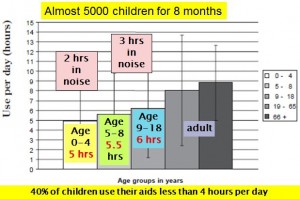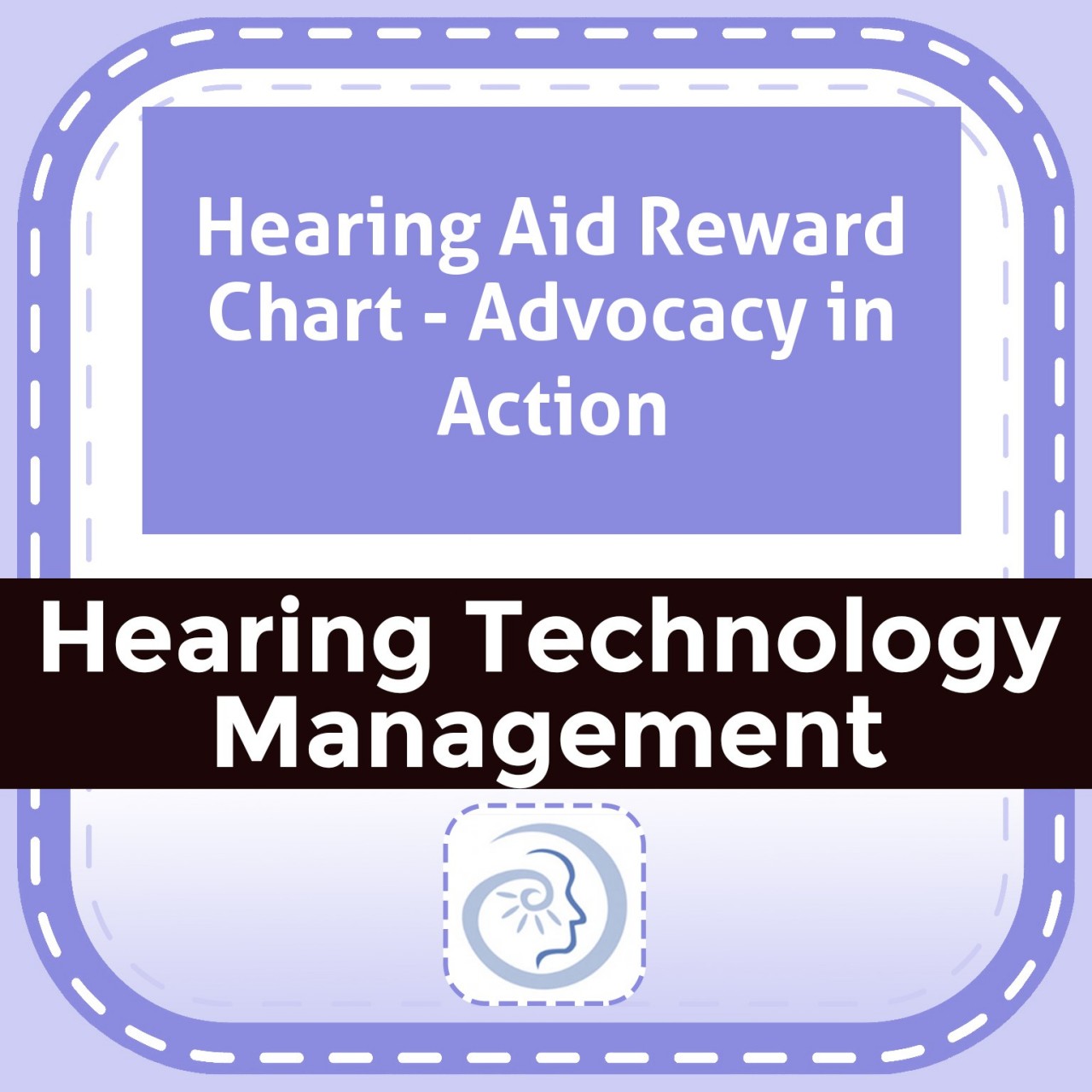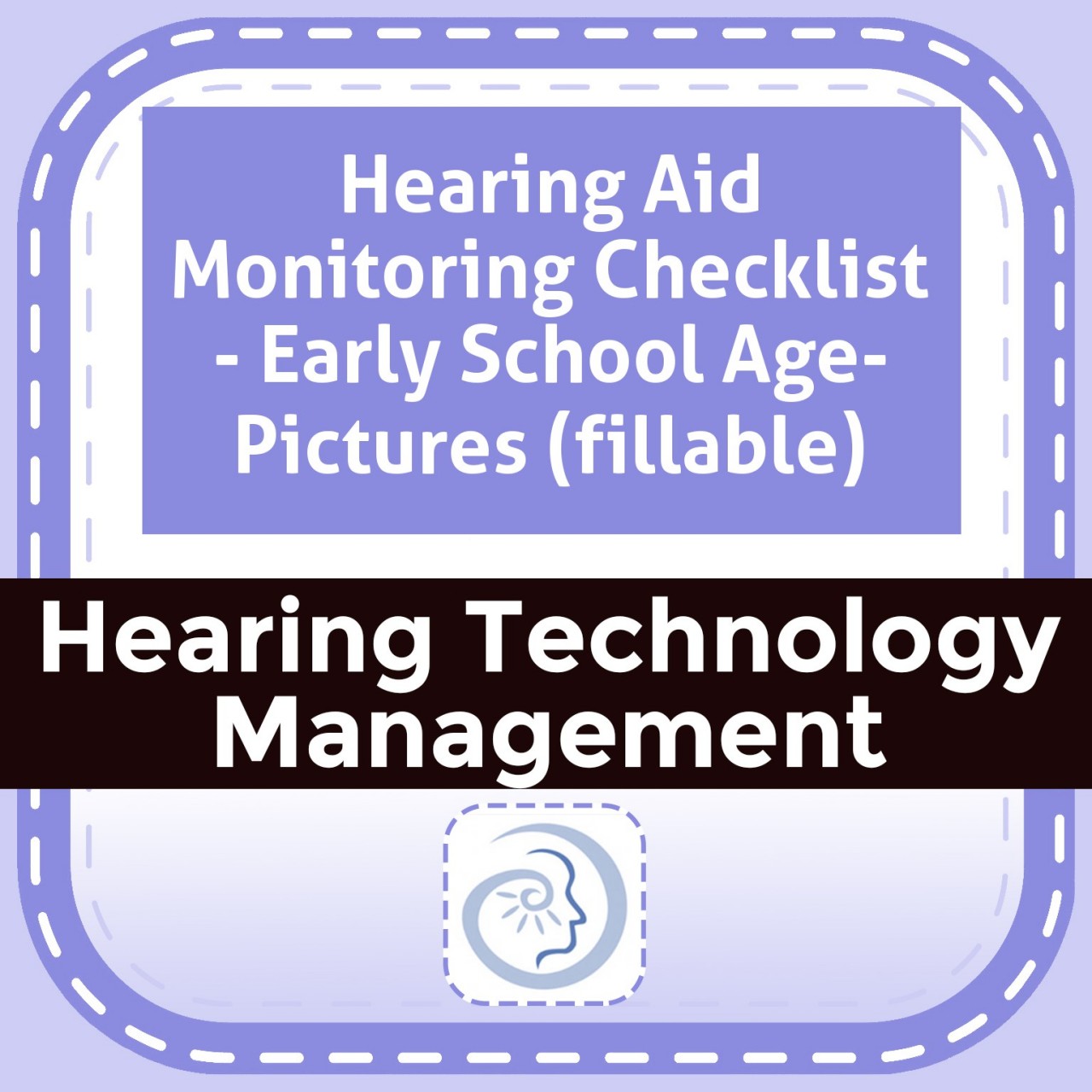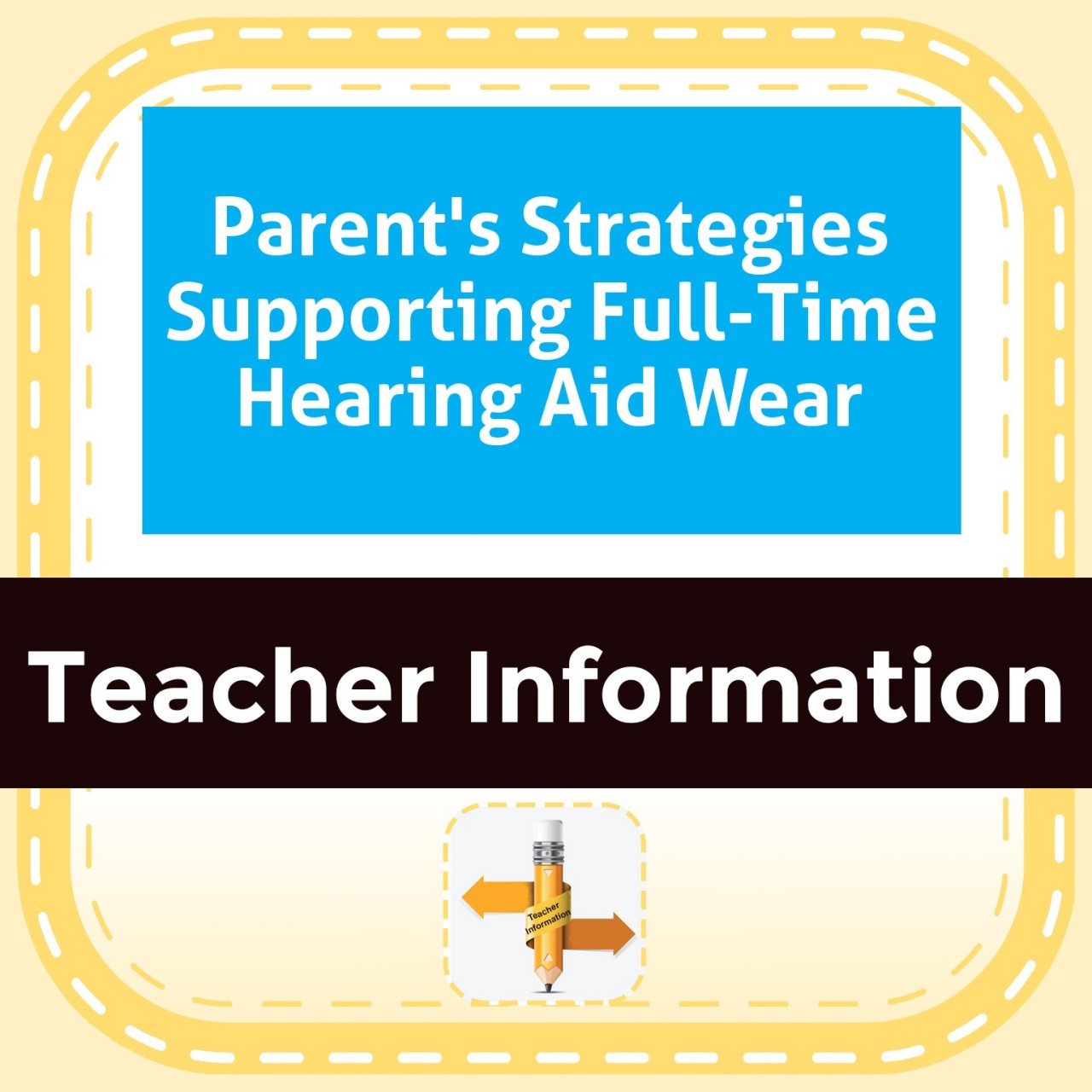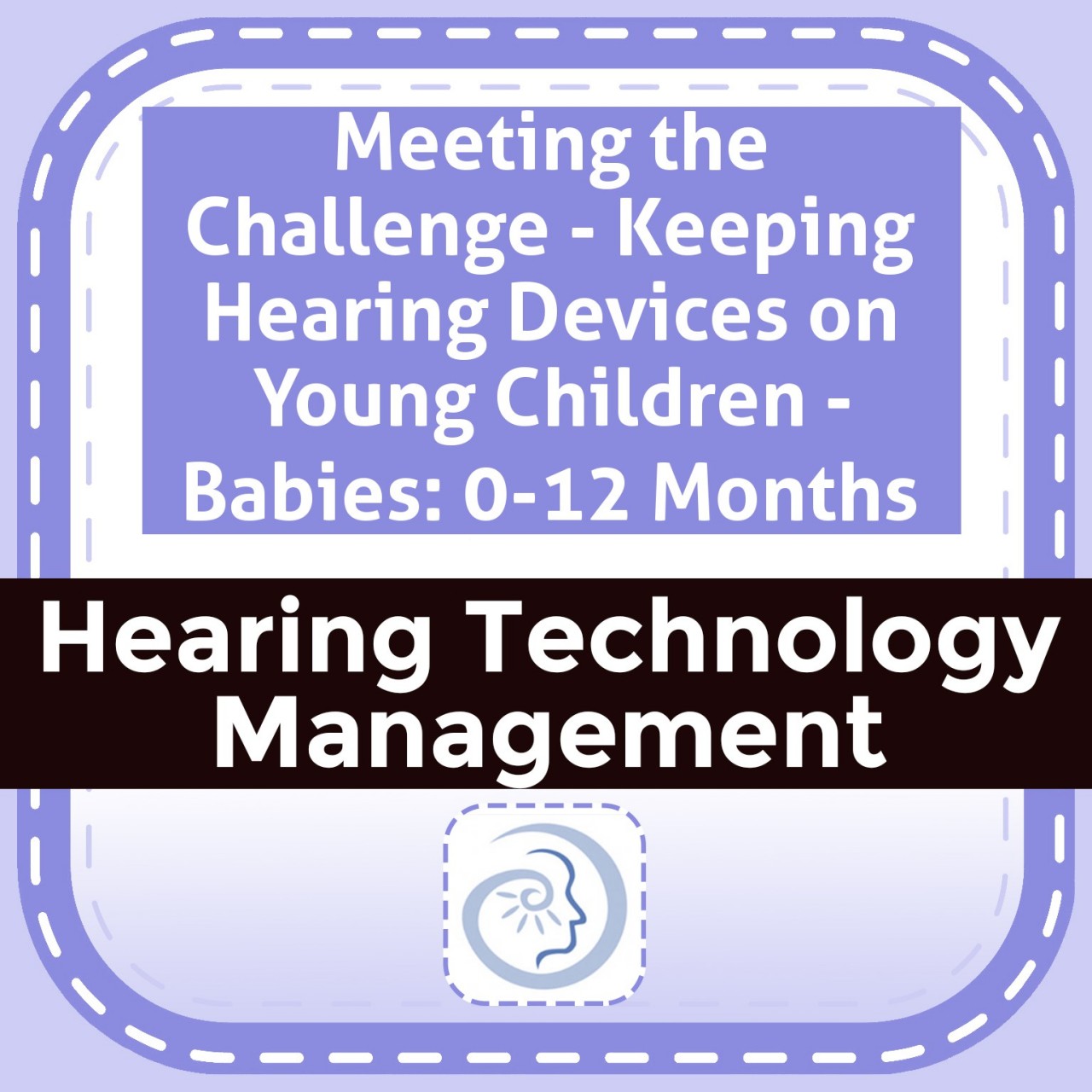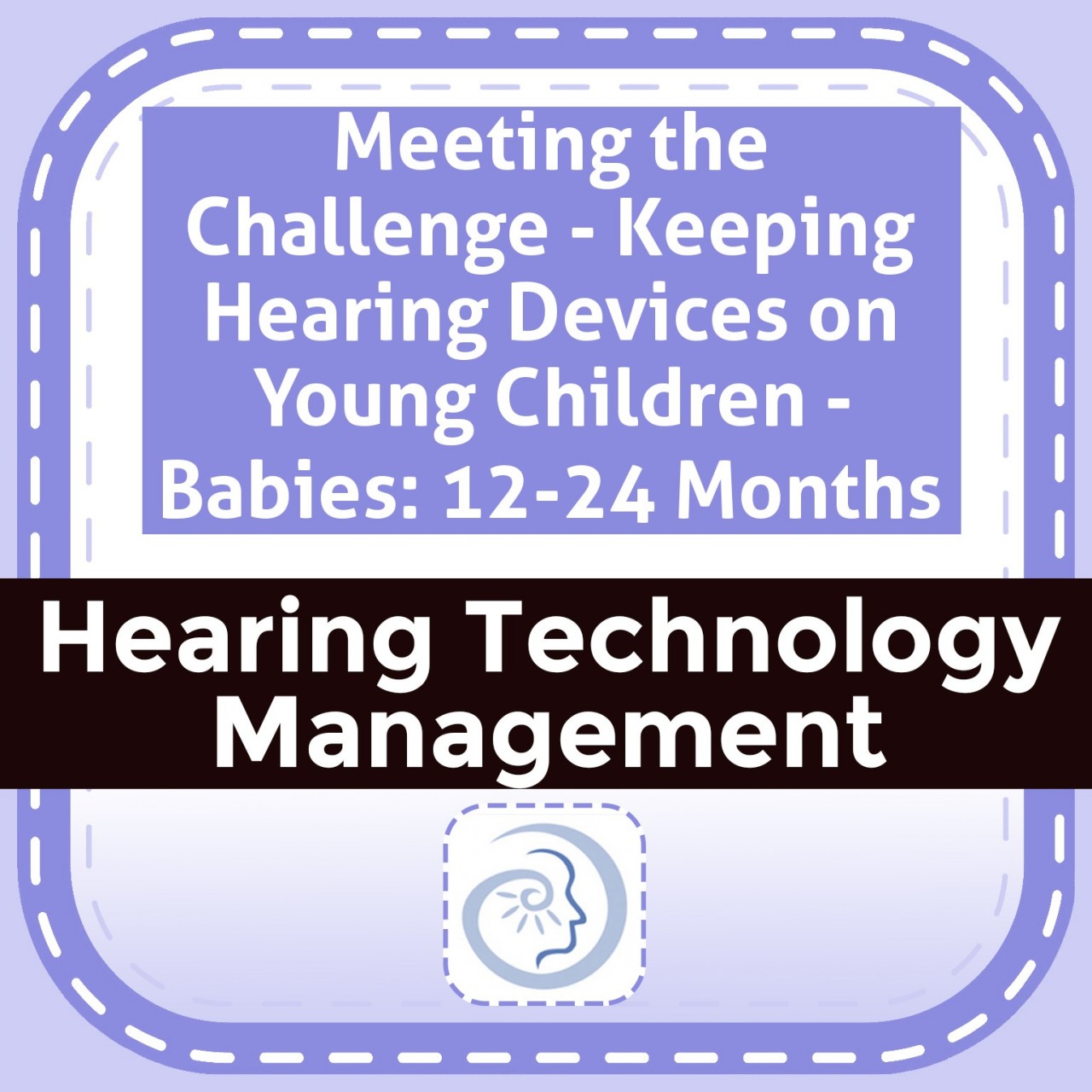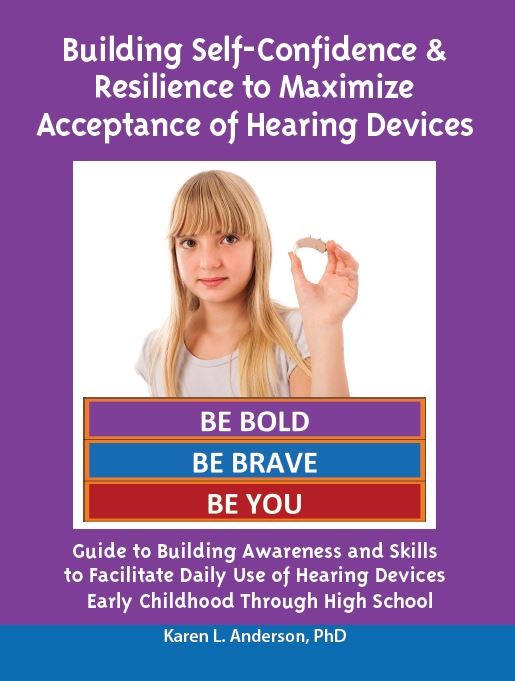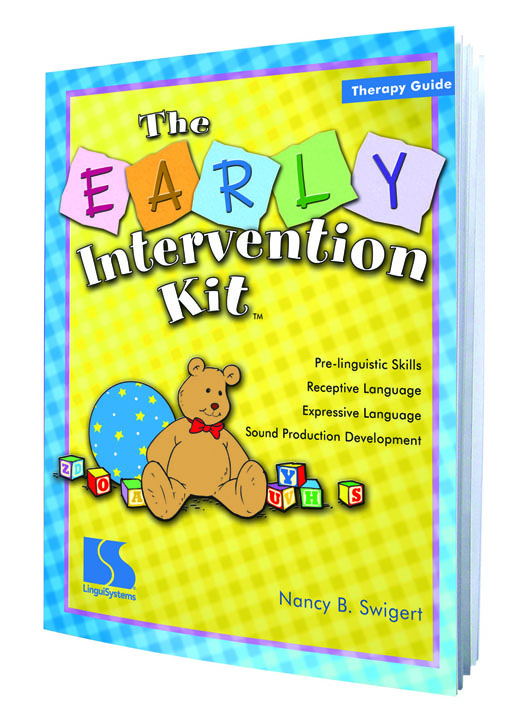Description
Other versions of this product are listed below.
Guidance for Families and Professionals of Children with Hearing Loss from Infancy to Preschool
We were very disturbed to read the results of the 2010 Phonak Data Logging Study that tracked hearing aid use of almost 5000 children – infants though age 18 – for a period of 9 months. The surprising results indicated that 40% of children wear their hearing aids 4 hours or less and only 10% achieve full time wear during all waking hours. For a child with usable residual hearing, the most effective action we can take to prevent lifelong developmental and learning delays is to provide appropriately fit hearing aids AND for the child to use them during all waking hours. It was clear to me that we need to do a better job of supporting parents as they try to keep hearing aids on their active young children. This Guide is an outgrowth of that interest and we hope it will make a difference in the lives of pediatric audiologists, early intervention providers, and most of all the families of young children with hearing loss. Karen Anderson, Director
Achieving Effective Hearing Aid Use in Early Childhood
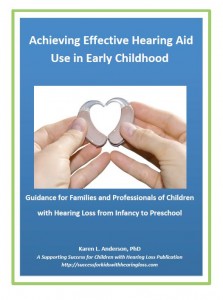
Fitting hearing aids to meet the hearing needs of an infant or toddler is only the first step. It takes much patience, persistence, love and understanding by the child’s family to reach the goal of full-time hearing aid wear. As a child moves through developmental stages toward becoming an independent person, his or her complacency with hearing aid wear is very likely to change. This does not mean that the child is rejecting the hearing aids because he does not like them. It means that he or she is learning new skills towards body control and independence. The purpose of this guide is to further understanding of child development, how it will affect hearing aid wear, and what families and early intervention teachers can do to achieve full-time hearing aid wear. By using the information in this guide, hearing aid retention accessories and specific age-appropriate strategies, it is hoped that families will be better prepared to manage their child’s hearing aid wear. The guide is 88 pages long. The paper version is spiral bound. It is in full color with many engaging photos. Information written in this guide is directed toward parents, which makes it ideal to use as an intervention guide while providing services to families of infants, toddlers and preschoolers. For Families, Early Intervention Providers, Pediatric/Educational Audiologists.
Achieving Effective Hearing Aid Use in Early Childhood
Printed 88-page guide + 24 downloadable files $35.00 + S/H
- This is a restricted use license for a single individual to copy/print/distribute the materials to serve only the families on his/her caseload. The printed guide will come with a coupon code to allow download of the Discussion Handouts, Additional Resources and pdf of the 100-slide PPT presentation.
Note: In downloading the files that come with this product you are agreeing to abide by the terms of a limited use license, meaning it is only for use by you with your caseload. It is not legal to share downloaded files for others to use .
Table of Contents
Introduction – Why is this Guide Important?
- Why should we be concerned about hearing aid wear in young children?
- Evidence of poor outcomes from early childhood
- Need for independence with hearing technology
- Brain development and hearing loss
- Hearing grows your child’s brain
- Consistent auditory input – Step 1 to growing your child’s brain
Importance of Family Involvement
- Families are the first and best teacher
- With everything else in our lives, how can we deal with this too?
- Parent self-talk: Developing a foundation for early communication confidence and developing self-advocacy skills
- Language is caught, not taught
Hearing Aid Wear & Skill Development – Infant and Toddlers
- Summary of issues in getting young children to use hearing aids and what families can do
- Baby temperament and wearing hearing aids
- Attitude is caught, not taught
- Basic information on how to perform a daily hearing aid check
- Inserting hearing aids
- Specific skills to be taught/mastered in early childhood
- Skill development and roles during early childhood
Hearing Aid Retention Accessories Information
- Parent ratings of hearing aid retention accessories/strategies
- Hearing device retention accessory information
- Information for families to consider regarding hearing aid retention accessories
0-6 MONTHS: Baby Development and Wearing Hearing Aid
- 0-6 MONTHS: Baby Development and Wearing Hearing Aids
- 4-5 Months: Strategies supporting consistent hearing aid wear
- Performing the Ling Sound Listening Check: 6-9 months
- Detection at 0-6 months – Observing responses to sound
6-9 MONTHS: Baby Development and Wearing Hearing Aids
- 6-9 Months: Strategies supporting consistent hearing aid wear
- Performing the Ling Sound Listening Check: 0-6 months
- Detection at 6-9 months – Structuring sound detection activities
9-18 MONTHS: Baby Development and Wearing Hearing Aids
- 9-18 Months: Strategies supporting consistent hearing aid wear
- He took off his hearing aids again!
- Performing the Ling Sound Listening Check: 9-14 months
- Considerations when conducting the Ling Sound Listening Check
- Speech production expectations in early childhood
- Performing the Ling Sound Listening Check: 14-18 months
- Detection at 9-18 months – Stages toward learning the structured Ling Sound Listening Check
- He isn’t responding to the Ling Sounds – what can it mean?
18-24 MONTHS: Toddler Development and Wearing Hearing Aids
- 18-24 months: Strategies supporting consistent hearing aid wear
- Only Mommy and Daddy can take off the hearing aids
- Performing the Ling Sound Listening Check: 18-24 months
- Examples of Ling Sound Listening Check materials
- Ling Sound Daily Listening Check monitoring sheet
24-36 MONTHS: Gaining Independence
- Learning to put on hearing aids independently
- Role playing with “friends”
- 30-36 Months: Learning self-check/reporting issue
Transitioning to Preschool
- Important information for families to share with schools
- Collecting valuable information to share with your transition team
- Gathering information to support school transitions – Starting School LIFE
- School teams must consider the impact of classroom acoustics on listening
- Social communication – an often overlooked area of language development
Planning for Your Child’s School Success
- Hearing aid monitoring and the law
Hearing Aid Wear & Skill Development – Preschool
- Skill development and roles in preschool
- Teaching techniques and resources for preschool skill development
List of Downloadable Files (24 digital files included in purchase price) The following 24 downloadable files are included at no extra cost. They are copyrighted – not “freeware.” The purpose is to enhance the content of this guide or for early intervention teachers to be able to share key information with families and/or school teams. Consent is given for use in supporting individual families. Consent is denied for distribution at conferences or to share with colleagues.
- All Day, Everyday storybook template
- Are my hearing aids working right? (data tracking sheet)
- Areas to Assess when Considering the Needs/Skill Levels of Students with Hearing Loss Worksheet
- Attitude is Caught, Not Taught
- CHILD Questionnaire: Children’s Home Inventory of Listening Difficulties
- Children’s Hearing Aid Retention brochure information
- Completed Areas to Assess when Considering the Needs/Skill Levels of Students with Hearing Loss Worksheet
- Consistent Auditory Input – Step 1 for Growing Your Child’s Brain
- ELF Questionnaire: Early Listening Function
- Hearing Aid Monitoring Checklist: Preschool & Kindergarten
- Hearing Aid Monitoring – An Important Daily Activity (summary for teachers)
- Hearing Device Retention Accessory Information
- Hearing Grows Your Child’s Brain
- Ling Sound Picture Chart
- Listening Bubble in the Classroom
- Pragmatics Checklist (fillable format)
- Performing the Ling Sound Listening Check in Preschool
- School Ling Sound Daily Listening Check
- Starting School LIFE (Listening Inventory For Education)
- Tricks and Strategies to Keep Hearing Aids on Active Infants & Toddlers
- Using the Ida My World Counseling Tool with Children
- Welcoming the Child with Hearing Impairment into Childcare
- Your Child and Hearing Aids: Keeping hearing devices on your child can be hard – but you CAN do it!


